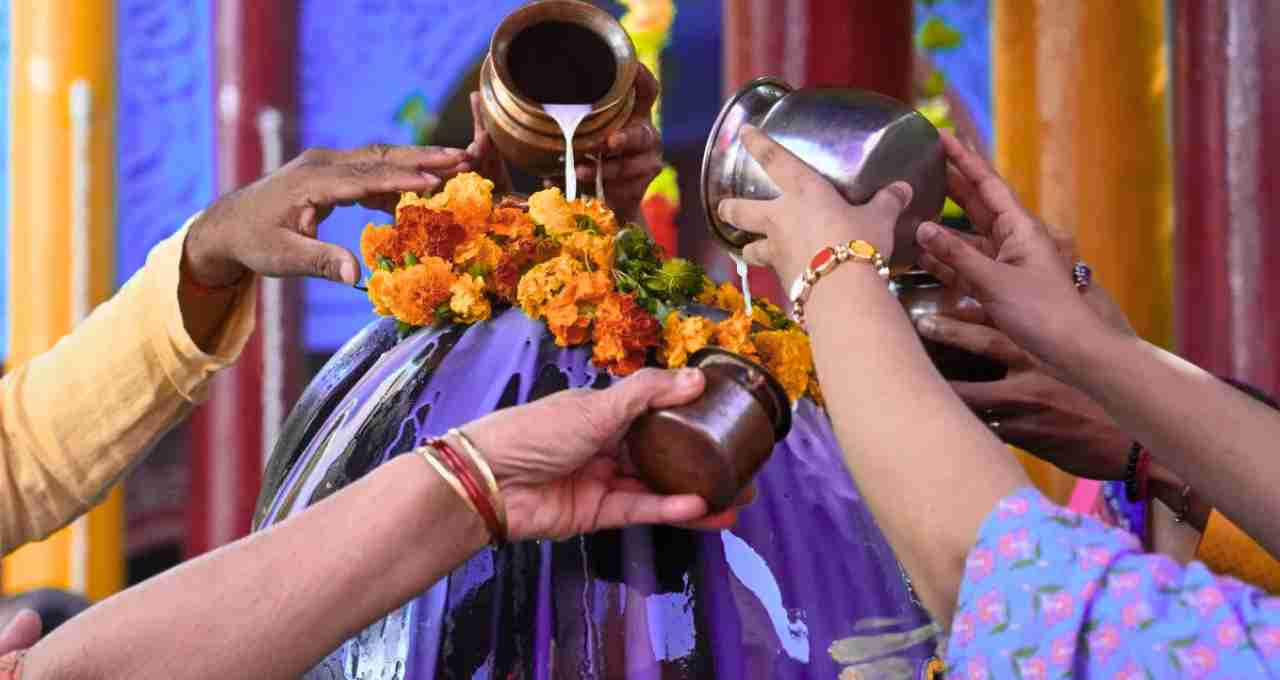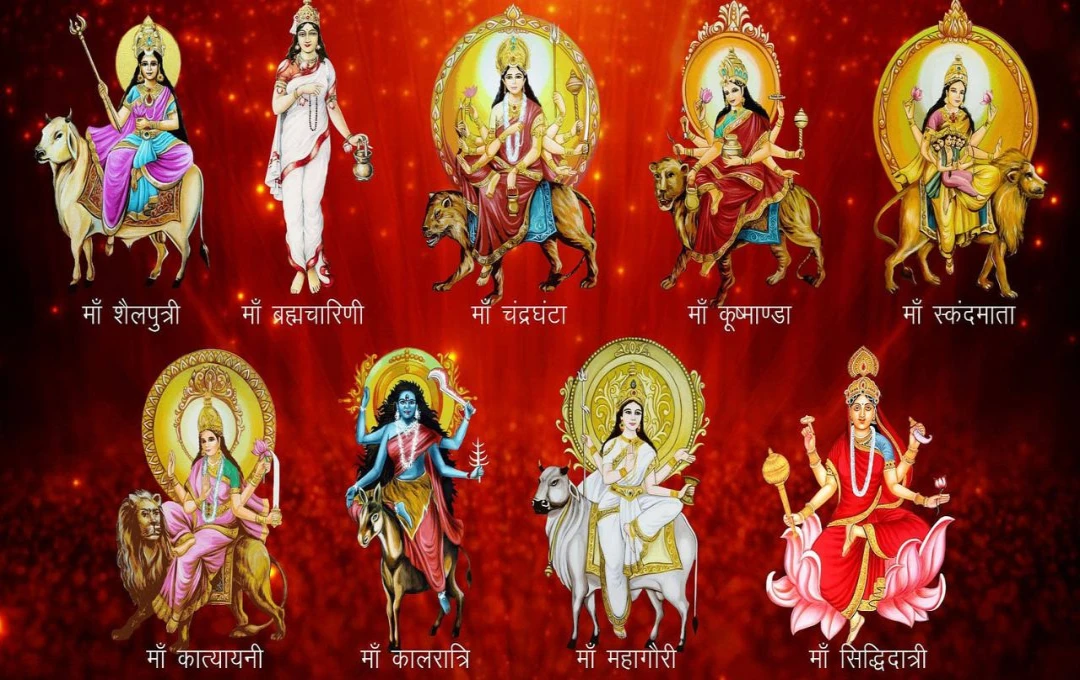The month of Shravan, or Sawan, is the most special for devotees of Lord Shiva. Throughout this entire month, people strive to gain the grace of Lord Shiva through fasts, observances, and special worship. During this time, Shiva temples witness a massive influx of devotees. The tradition of offering water, milk, Bel leaves, Datura, ash, and fruits on the Shivalinga has been followed for centuries.
Touching the Shivalinga: Faith or Disrespect?
A major question regarding the Shivalinga is whether it can be touched while performing the worship. Many people touch the Shivalinga during worship, while in many places, priests prevent devotees from doing so.
There are also differing views on this in religious texts and temple traditions. Some scriptures describe the Shivalinga as a symbol of the Brahman element, which should be worshiped only with devotion and faith, and not by directly touching it. On the other hand, according to some beliefs, touching it in the proper manner brings the grace of Shiva.
The Tradition of Not Touching Pran Pratishthit Shivalingas

According to religious beliefs, it is forbidden to touch the Shivalingas that are consecrated with Vedic rituals in temples. These Shivalingas are considered extremely sacred, and only the priest or authorized person can touch them under special rules.
It is believed that the sanctity of such Shivalingas is of a very high level, and touching them by a common person can affect their power. Therefore, devotees are only allowed to offer water and have darshan from a distance in many famous Shiva temples.
In Some Views, Touching is Considered a Pious Act
On the other hand, some religious beliefs also say that touching the Shivalinga gives a person positive energy. This happens especially when a person touches it with complete purity and faith. It is also said that Lord Shiva is called "Bholabhandari," who is pleased with the simplicity and devotion of his devotees.
In such a case, touching the Shivalinga with love and respect is not considered wrong. However, it also depends on the tradition of the particular temple. In many local temples, devotees are also allowed to touch the Shivalinga after offering water.
What are the Rules for Women?
The touching of the Shivalinga by women has been another sensitive topic. Some religious beliefs state that the Shivalinga represents the 'male element,' so women should not touch it directly. Especially during menstruation, women were not even allowed to enter the temple, although many beliefs have changed over time.
Some temples now allow women to offer water on the Shivalinga and to touch Shiva while standing in the Nandi mudra. This is entirely based on local traditions and the rules of the temples.
The Method of Touching the Shivalinga

If you are in a place where touching the Shivalinga is allowed, there are also some rules for it.
- First, take a bath and wear clean clothes.
- While entering the temple complex, the mind should be calm and filled with reverence.
- First, offer water or milk on the Shivalinga.
- Only after offering Bel leaves, Datura, or flowers, gently touch the Shivalinga with your right hand.
- Join your hands and pray to Lord Shiva and chant the Om Namah Shivaya mantra.
This process should be done only with devotion and faith, not with the intention of showing off or taking photos.
Special Rules in Some Places
In ancient Jyotirlinga temples like Kashi Vishwanath, Trimbakeshwar, Somnath, and Mahakaleshwar, touching the Shivalinga is prohibited. Only on special occasions, special priests have this right.
On the other hand, in rural areas or local temples, there are more flexible traditions, where devotees can lovingly touch the Shivalinga.
The Demand for Purity Increases in Sawan
The importance of Shiva worship increases many times over during the month of Sawan. In such a situation, devotees should take special care that there are no mistakes in the worship. Before touching the Shivalinga, it is essential to know what the tradition of the concerned temple is and whether it is permitted there or not.















